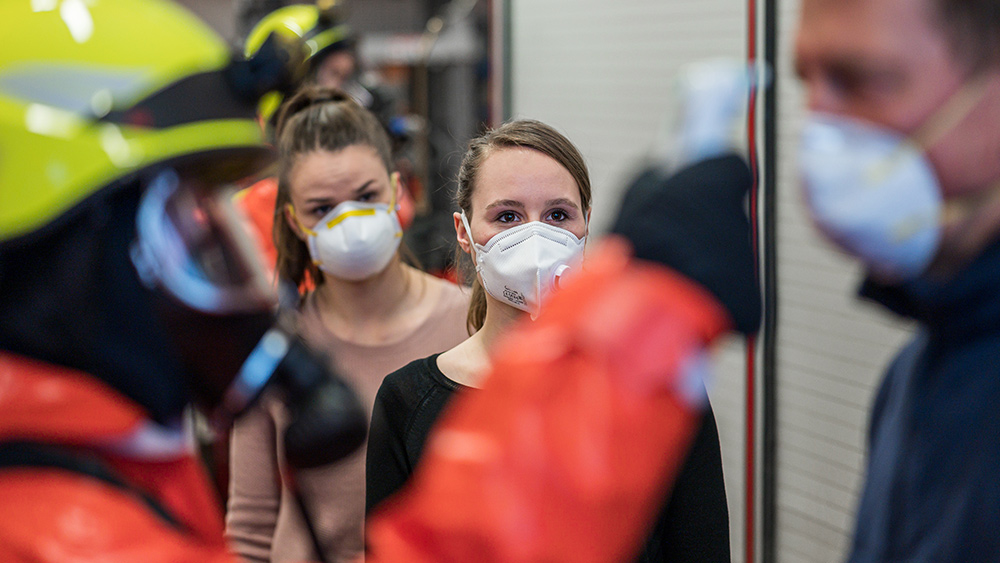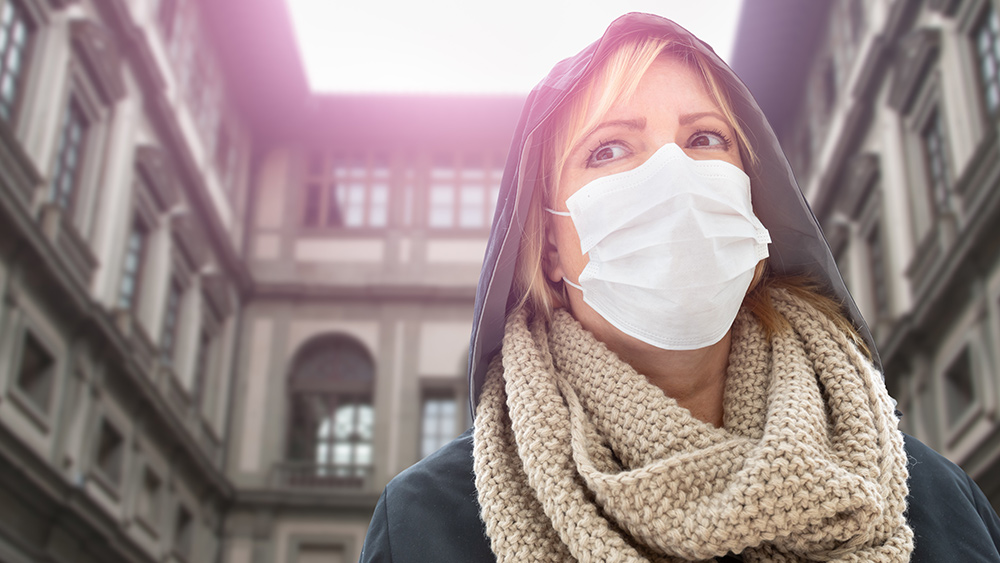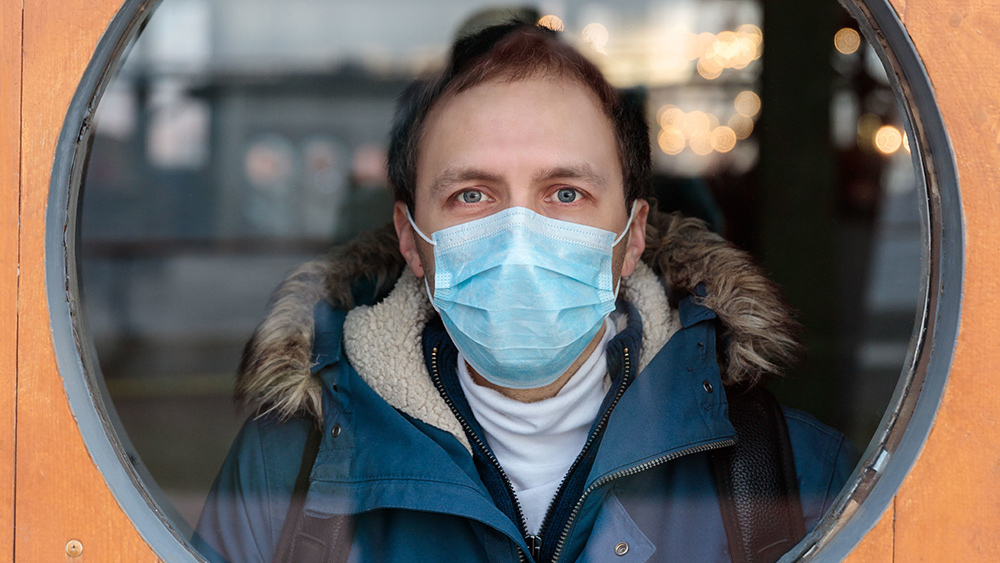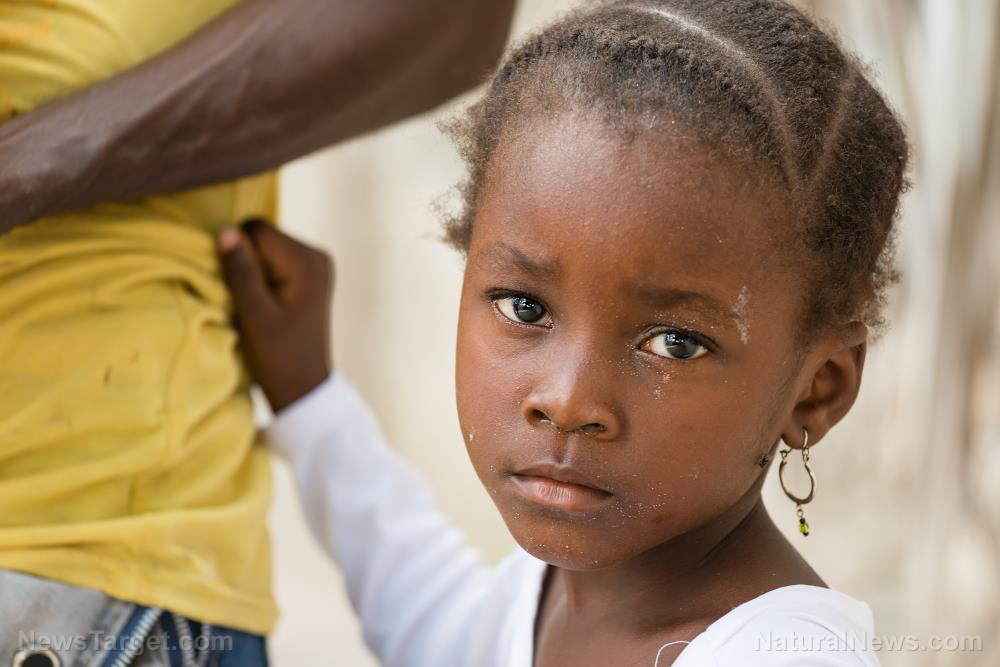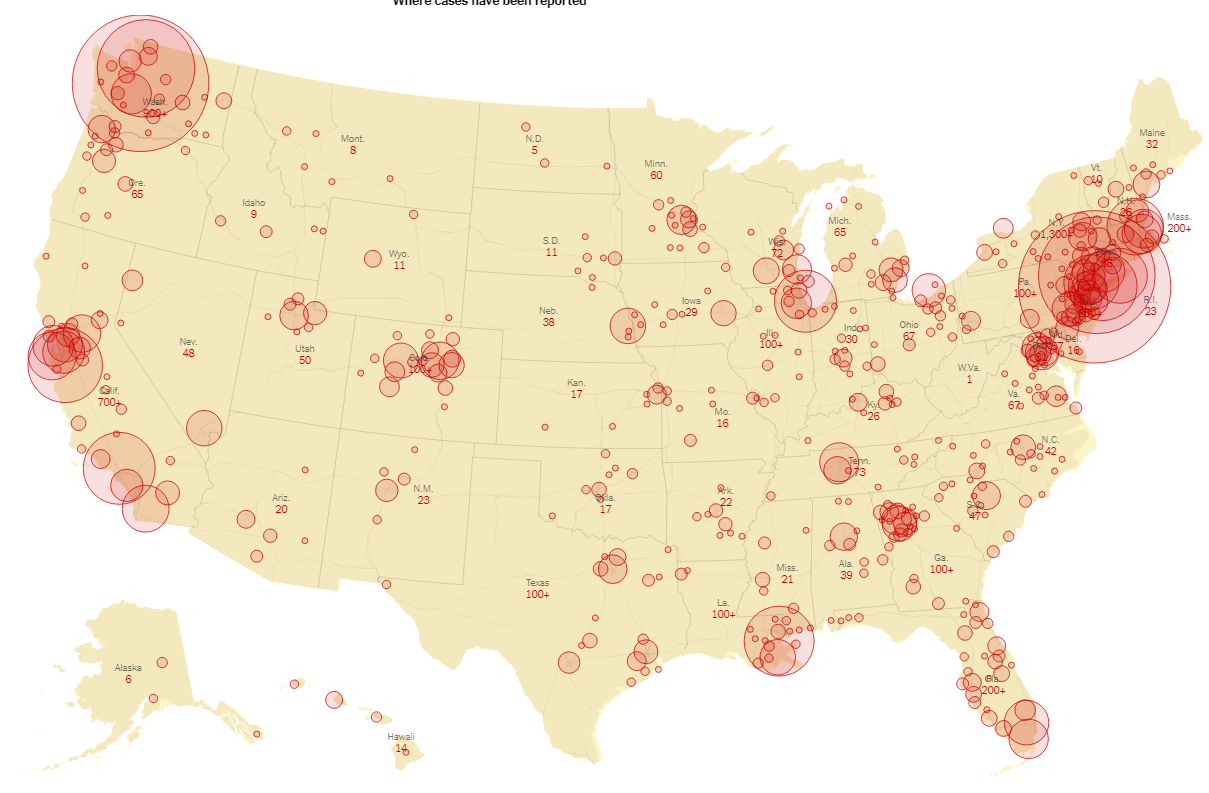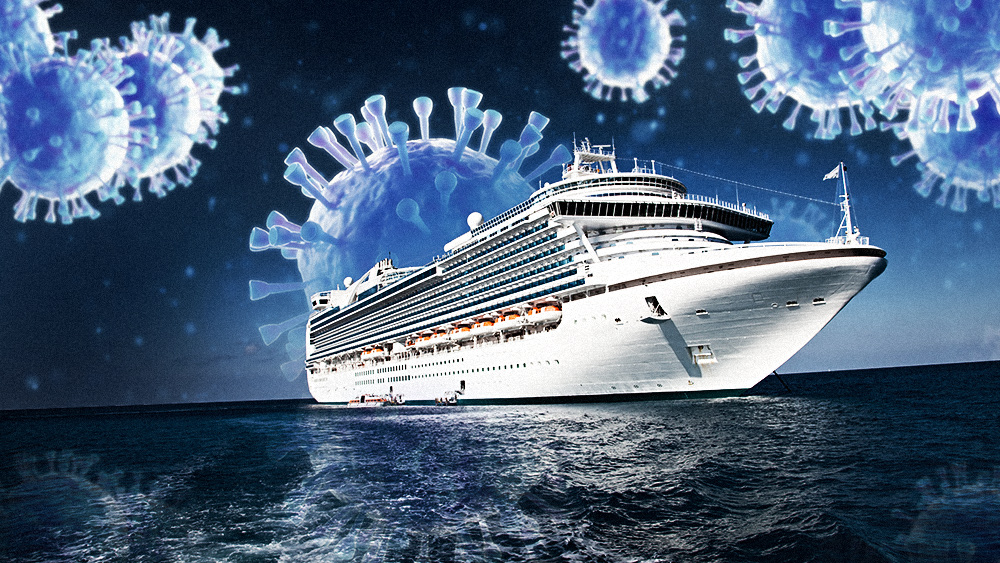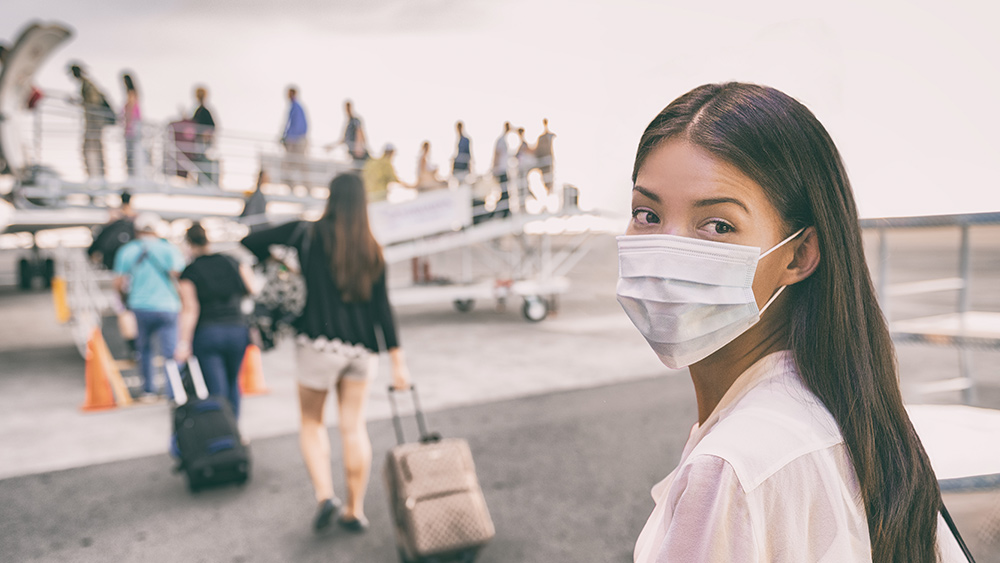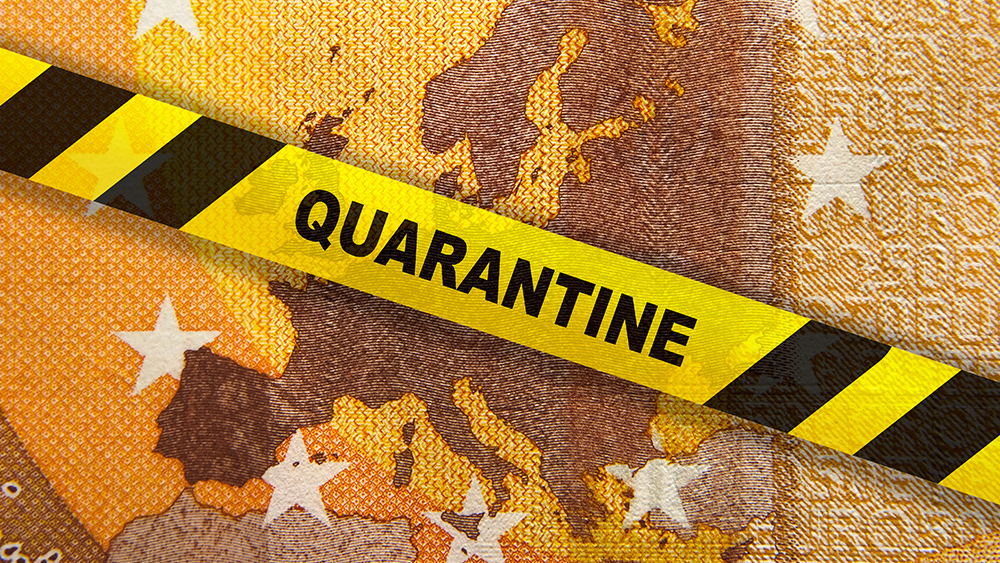Isolation, quarantine and social distancing: Practice these essential strategies to stop the spread of coronavirus
03/18/2020 / By Zoey Sky
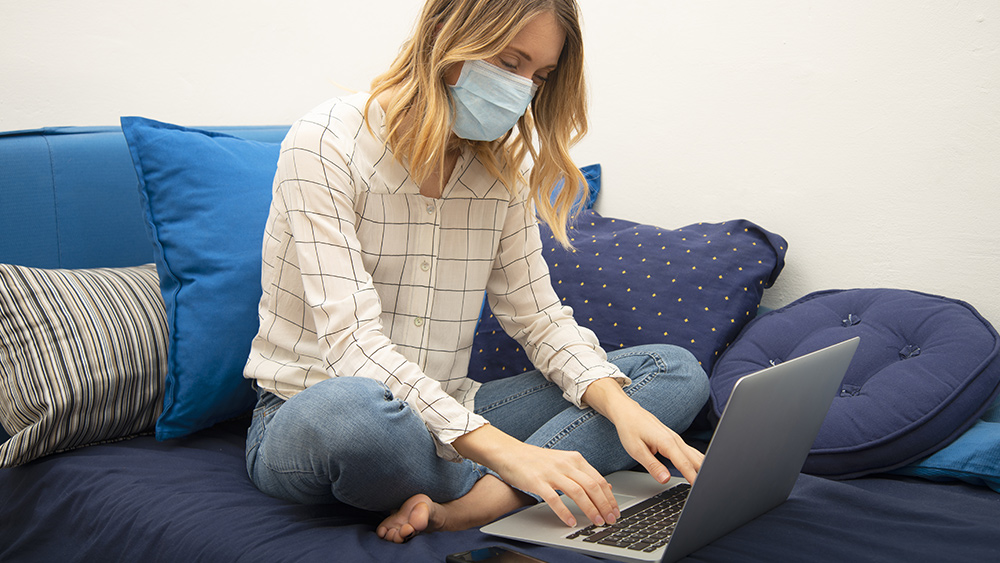
Coronavirus (COVID-19) cases continue to skyrocket in America, and authorities around the world advise the general public to practice strategies like isolation, self-quarantine and social distancing. But what are the differences between these strategies, and when should you practice them?
Why these strategies are necessary
In America, testing for coronavirus started slow. The authorities first attempted to those who tested positive for the COVID-19 disease.
Now, public health experts advise that it is crucial is to mitigate the spread of the coronavirus. This ensures that those who need medical attention don’t overwhelm hospitals.
If data from the experience of other countries battling the coronavirus pandemic holds, most of the infected patients will only have mild cases. However, findings from other countries also suggest that around 10 to 20 percent of patients could have more severe cases of the disease.
Judging from the data, at least tens of millions of Americans may get infected with coronavirus, and hundreds of thousands of patients may require hospital care.
Joshua Sharfstein, vice dean for public health practice and community engagement at Johns Hopkins University’s Bloomberg School of Public Health, explained that a deluge of patients will overwhelm the health system. Practicing measures like social distancing can help America avoid Italy’s current struggles.
In Italy, the number of confirmed coronavirus cases quickly catapulted from only several patients to over 27,000 cases. More than 2,100 deaths have been confirmed in the country.
It is believed that the accelerated spread of coronavirus in Italy was partly due to aggressive testing. Additionally, hospitals in the northern part of the country were gradually running out of beds in intensive care units.
The difference between self-quarantining and self-monitoring
According to health experts, the two strategies overlap.
Both self-quarantining and self-monitoring have one goal: To keep individuals “who have been exposed, or who might have been exposed, away from others as much as possible” for a certain length of time.
In the case of coronavirus, this often means 14 days or the suspected incubation period of the disease. However, patients may experience symptoms only several days after exposure.
When self-monitoring, you need to regularly check your temperature and take note of any signs of respiratory illness, like a cough, fever or shortness of breath. You also need to limit your interaction with other people.
For example, if you attended a company conference and a person that you weren’t in close contact with tested positive for coronavirus, you need to self-monitor. Dr. Marcus Plescia, chief medical officer for the Association of State and Territorial Health Officials, added that you need to self-quarantine if you talked to the infected attendee or if they accidentally sneezed on you.
Self-quarantine is one level higher from self-monitoring because the person at risk of infection, even if they still haven’t experienced symptoms, is at greater risk of exposure. To illustrate, Justin Trudeau, Canada’s Prime Minister, is self-quarantining since his wife tested positive for coronavirus after they returned from a trip to Great Britain.
If you’re quarantined, you need to stay at home and avoid other people whenever possible for 14 days.
Those who live with a family or roommates but want to self-quarantine must stay in their own room or spend time in a separate area in their house. A person in self-quarantine must also stay at home.
Dr. Georges Benjamin, executive director of the American Public Health Association, warned that people in self-quarantine shouldn’t sleep in the same bedroom as other family members. You should also try to use a separate toilet, if possible.
If you’ve self-quarantined due to possible exposure and you develop a cough, fever or shortness of breath, contact a healthcare professional, local hospital or the public health department for further instructions.
If you have mild symptoms, you may be instructed to rest at home and treat your symptoms natural cures. People with more severe symptoms and those in higher-risk groups, like the elderly and the immuno-compromised, may be directed elsewhere to seek medical care.
Once test kits become more available, you may be required to visit a place where you can get tested.
Isolation for coronavirus
If you test positive for coronavirus, the first step will be to isolate you at home or in the hospital, said Benjamin. He added that infectious disease precautions will become “much more rigid than in self-quarantine.”
Medical staff looking after you will require more protective gear. While in isolation, you need to wear a mask when leaving your room or traveling from home to a medical facility so you don’t spread droplets that might contain the virus.
Coronavirus and quarantines
Quarantines are necessary when under state or federal law, individuals or groups are on lockdown.
To illustrate, passengers from cruise ships where other passengers were infected with coronavirus and other travelers who didn’t experience symptoms were told to stay at military bases for 14 days to see if they developed the disease.
While America hasn’t closed off entire towns or cities since the 1918-1919 Spanish flu, the federal government and the states have the power to do so.
Preventing infections with social distancing
Social distancing covers a broad category.
It involves preventive practices such as:
- Staying home if you feel sick
- Postponing social visits
- Avoiding crowds
- Not shaking hands
- Standing several feet from other people in public
- Staying away from nursing homes, retirement or long-term care facilities to keep those at risk safe
- Using drive-through, pick up or delivery options and not dining in at restaurants
- Going to the grocery store during off-peak hours
Businesses can also practice social distancing by staggering work hours or letting employees work from home. On the other hand, governments can do it by ordering schools to close.
Sporting events may be canceled, while concert halls, museums and theaters where large groups of people gather can temporarily close their doors. (Related: Social distancing and early testing could have PREVENTED 95% of all coronavirus cases in China.)
Christopher Mores, a professor in the department of global health at the Milken Institute School of Public Health at George Washington University, advised that with social distancing, it’s important to be aware of how closely you interact with others on a regular day.
Mores added that social distancing should teach the public how to effectively “break the lines of transmission” during a pandemic.
Why these strategies are crucial even if you’re not sick
It may seem like the individual risk is low while the inconvenience of some measures is high, but taking these precautionary measures will benefit everyone in the end, explained Sharfstein.
Even if you don’t get infected, you can still pass the infection to your family, officemates or even fellow commuters on the subway. The people you could infect may then require hospitalization, which could easily overwhelm hospital staff already caring for newborns, those with cancer or the survivors of car accidents.
Sharfstein concluded that even if the coronavirus pandemic isn’t a threat to healthy individuals, not doing your part can make the disease “a threat to the community.”
Stay at home, wash your hands regularly, and remain calm. You can get through a pandemic if you stay informed and practice strategies like social distancing.
Sources include:
Tagged Under: China, closed, containment, coronavirus, covid-19, disease, global emergency, infection, isolation, Italy, novel coronavirus, outbreak, pandemic, priority, public events, Public Health, quarantine, self-monitoring, social distancing, USA, virus, Wuhan, Wuhan coronavirus


